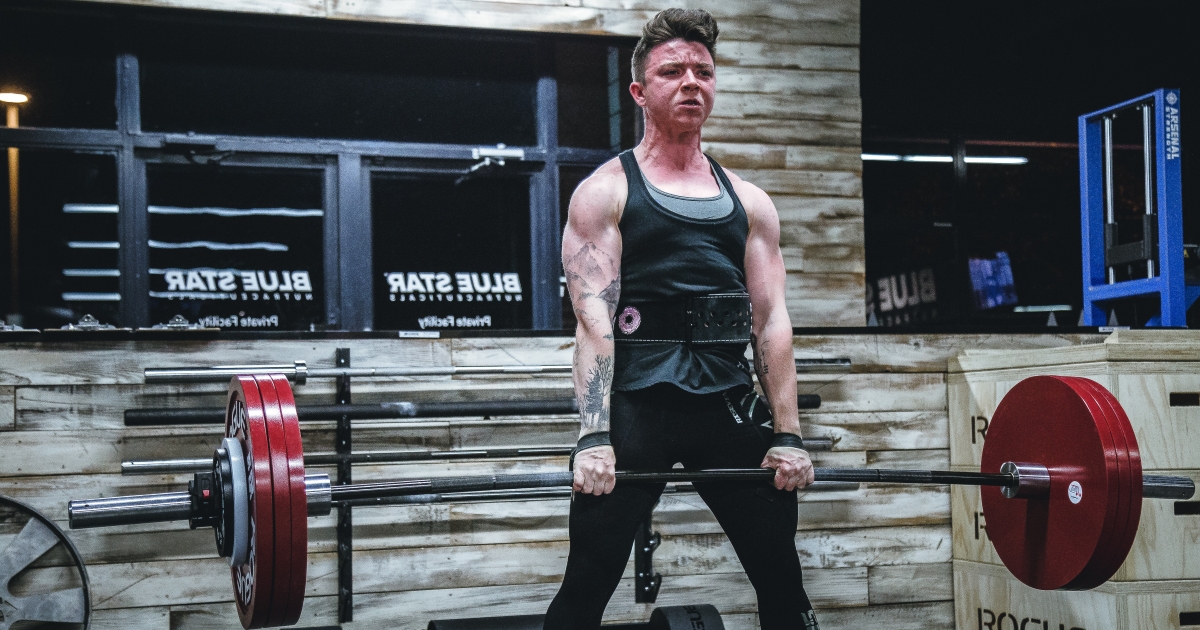
Photo credit to Alora Griffiths
D3 is a javascript utility that usefully ties data parameters to the DOM attributes and styles of SVG images. This allows for some pretty cool interactive graphs. I just started playing around with D3 this month and I am really enjoying it.
Powerlifting is a boring spectator sport like track and field in that the competition is highly standardized and the goal is to measure human athletic performance under as tightly-controlled a set of circumstances as possible. Each powerlifting meet is composed of three attempts at each of three different lifts. Each lifter attempts the squat three times, the bench press three times, and the deadlift three times, in that order in every meet. Weights for each attempt are selected by the lifter or the lifter's coach. The sum of the best successful attempt in each lift is the total. The lifter with the highest total wins. Sometimes lifters will only participate in one of the events in which case they may set a record in that event but they do not produce a total.
In the 1980s and 1990s, gear took over the sport of powerlifting as stiffer and stiffer fabrics were stretched into ever-tighter shirts and suits. These supportive garments took some weight, in some positions, off of the lifter. Records exploded as a result until a new series of governing bodies began holding competitions with limitations on supportive "gear". These competitions showcase physical acheivements under conditions more familiar to casual gym-goers. This is now known as "raw" powerlifting and it is a more accurate measure of the absolute strength of the lifter. Because different federations have different rules and judging standards regarding depth in the squat, wraps on the knees/elbows/wrists, and use ever so slightly different bars and equipment, this system is not perfect. However, in raw lifting, the only supportive wraps that makes a significant difference which are only sometimes used are knee wraps during a squat. Therefore, squat records are specified as with or without knee wraps.
There are a variety of different rules in different federations over trivial details like whether the back of the head must stay in contact with the bench during the bench press, how long the deadlift must be held at the top of the lift, and so on. While these rules are important to competitors trying to set records, they have not had an substantial effect on the resulting records.
In the last 15 years, largely as a result of a growing interest in strength and growing training population, world records in powerlifting are continually being shattered. In the men's division, all powerlifting total records are less than 5 years old except for one, the 123 lb weight class, the lightest and least competitive weight class.
Powerlifting is interesting for data scientists because performance can be quantified with unusual accuracy. There is no way to measure a person's improvement in basketball or golf by 0.5% but in powerlifting, particularly at the highest levels, this accuracy is not only possible but expected.
These charts were produced with D3. Hover mouse over data point for more information.
[Caption] Data from powerliftingwatch.com for men's raw and women's raw powerlifting records retrieved on 2020-05-18. From that page we are plotting "All Squats", "All Bench Press", "Deadlift", and "All Totals" from the open (non-drug-tested) categories. In the super-heavyweight class (SHW), in the ratio plots, the men's body weight is assumed to be 350 lbs and the women's bodyweight is assumed to be 250 lbs.